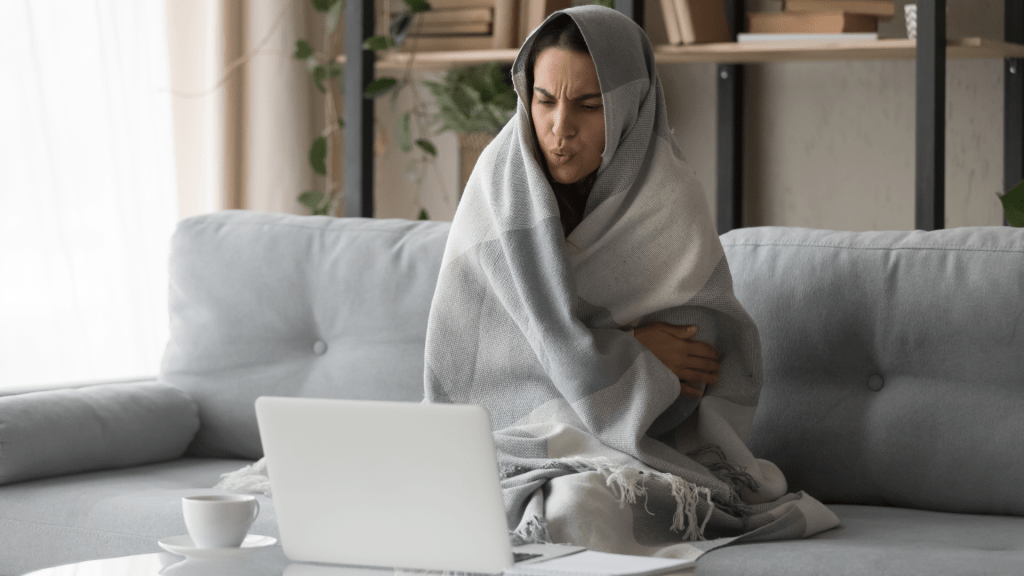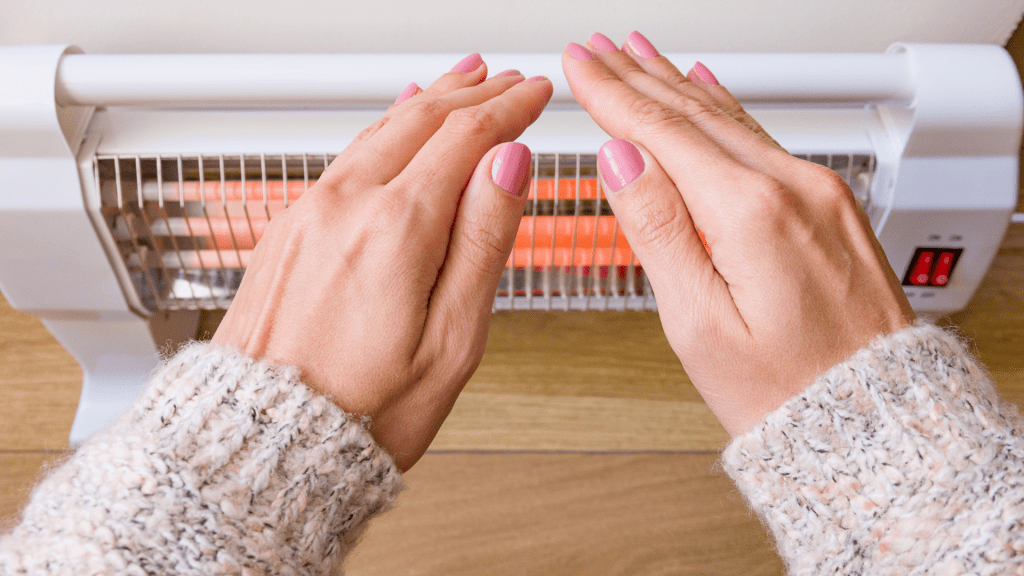
If you’ve ever wondered why your home feels freezing at night—especially if it was built before the mid-‘90s—you’re not alone. It’s a frustrating paradox: the heater’s was running 2 hours ago, but the rooms turned chilly, the floors feel like ice, and any warmth seems to disappear faster than you can pile on the blankets.
So you throw on another jumper, add more blankets, and brace yourself for the shock of the next energy bill.
And it’s not your imagination. As cosy as our living rooms look, they often seriously underperform when it comes to insulation. The real questions are: How did we get here—and what can we do about it?
1. The “It’s a Warm Country” Illusion
Australia has long marketed itself as bright, sunny, and hot—which it is… until it’s not. Melbourne, Canberra, Hobart, and even Sydney can dip into proper winter chill. Canberra often hits sub-zero, and Sydney’s winter nights aren’t so far above that.
Yet builders of past decades designed homes for cooling: big windows, cross-ventilation, materials that let heat escape easily. Basically, the assumption was “bundle up, and if it’s cold, grab a plug-in heater.” That mindset became national design policy—literally.
2. A Long Lag Before Insulation Rules Kicked In
The truth is, Australia was late to the insulation game. While colder nations had strict requirements since the 1970s or ‘80s, most of our homes had no insulation standards until the early 2000s. That means if your place was built before, say, 1990, chances are it has little to no wall insulation.
Ceilings might have worn-out or sparse batts, and floors—especially timber ones—are wide open to the elements. No wonder the space feels frigid and lighting that heater feels endless in cost.
3. Lightweight Homes = Quick Heat Loss
Look around—timber frames, brick veneer, lino on the floor. These homes are cheap, quick to build, and look nice—but they don’t hold heat. They cool down fast, and as soon as the heater turns off, the temperature follows suit.
Contrast that with stone or solid brick homes, which keep warmth locked in. And yet, those are rarer here, because lightweight builds are cheaper upfront. Maybe cheap has a cost we’re only now waking up to.
4. New Homes Aren’t Necessarily Better
You’d think modern construction solves all that. But not really. New homes do come with insulation to meet code, but compliance is often the bare minimum. Developers show off stone benchtops and fancy facades, while hidden things like wall insulation stay skimpy.
Sure, their paperwork checks the box—but if the design isn’t actually efficient, new doesn’t mean better. You can still lose warmth through gaps, poor seals, and thin materials.
5. Retrofitting Is a Pain—and Often Expensive
Yes, you can retrofit. A ceiling is easy to pop into batts or rolled insulation. But walls? Floors? That involves cutting into plaster, lifting boards, dealing with mess. Not fun. With no easy financial incentives and hassle involved, many leave it undone.
Renters can’t even make those decisions, so they live in chilly homes, powerless to change them. That’s a problem—especially when energy bills hit.
6. A Cultural “Just Deal With It” Attitude
Remember those nights we just threw an extra blanket on the bed or blocked the draught under the door with a towel? That was normal. Cold nights were something we tolerated, not questioned.
That ingrained mindset has shaped expectations: houses are cold, heaters run constantly, energy bills are steep—and that feels “normal.” But normal isn’t necessarily optimal.
7. Australian Homes Colder Than Greenland?
Hold on—that’s not a typo. Research by the Australian Centre for Housing Research found average winter indoor temperatures hover around 16.5 °C in some homes. That’s below the WHO’s comfortable minimum of 18 °C—and in some cases colder than homes in Greenland, Finland, or Scandinavia.
Yes, really. We’ve got European standards in appearance, but Arctic actual performance inside.
8. A Shift Is Happening—Thanks to Energy Pain
Now with electricity and gas bills climbing, people are waking up. It’s no longer just about comfort—it’s about cost and carbon footprint. Suddenly that old, drafty house is a liability. Asking “why is it so hard to feel warm?” isn’t about complaining—it’s about solving. That energy sting is driving interest in better insulation, smarter renovations, and more thoughtful design.
What You Can Actually Do
If you’re a homeowner, the first step is to get an energy assessment. You might be surprised at how much heat is escaping from places you hadn’t even considered—like unsealed chimneys, underfloor vents, or single-glazed windows.
There are also plenty of practical heating tips during winter that can make a real difference, even without a full renovation.
Here are some actions that help:
- Install or upgrade ceiling insulation (aim for R5.0 or higher in cooler areas)
- Seal draughts around doors, windows, and vents
- Use thermal curtains to keep warmth in overnight
- Consider insulating under timber floors if accessible
- Upgrade windows to double glazing, or use removable secondary glazing
Even small fixes—like a door snake or adding a thick rug over timber floors—can help keep rooms warmer for longer.
A Real National Opportunity
Here’s the kicker: the Residential Efficiency Scorecard estimates well‑insulated homes can use up to 40% less energy for heating and cooling. That’s not minor—that’s game‑changing.
Multiply that across Australia, and you’re looking at huge reductions in carbon, expense, and draughty discomfort. All with smarter standards, retrofit incentives, and shifting expectations.
Final Word
Australia gives us light-filled living rooms and open, airy houses—but that beauty has a hiding flaw: winter heat loss. Fixing it isn’t rocket science—it’s a step-by-step process: build up the ceiling, seal the living space, and insulate one wall at a time. And yes, the difference is felt and banked.
Let’s stop paying for the cold indoors. Make it an investment: better insulation today, lower bills tomorrow—and no shivering through another winter.









